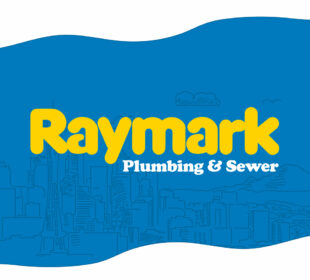Have you noticed the iron circles embedded into the streets and intersections of Seattle? Some are plain, some have initials, and some are flowery and ornate. These portals are avenues to underground rooms that hold sewer drains, storm water drains, fresh water pipelines, electrical conduit tunnels, and more. It’s a small town underneath Seattle, and much different than the underground tour sights in Pioneer Square.
We’ve collected pictures of sewer and stormwater hatch covers (also known as manhole covers and utility access covers), to explain what some of the markings mean. Other types of drain openings are unmarked but hold important roles in the city’s drainage system.
Sewer Drain Access
These are sewer and drain access covers, allowing utility workers into the rooms and spaces underneath the street.
SSS
The SSS marking indicates a Seattle Side Sewer drain where the sewer main may go through a home owner’s property.
Storm Water Drain
Storm drains may not be marked as such, but they often have a salmon image or notes that “Puget Sound Starts Here.” This one says, “Out Fall to Stream” and “Dump No Pollutants.” Storm drains capture the rain that lands on paved areas. The water then flows either into a catch basin to filter out debris, or directly into Puget Sound or Lake Washington. This direct flow is why it’s so important to never pour chemicals, pesticides, paint, antifreeze, or motor oil down a storm drain.
Catch Basin
A catch basin catches stormwater and then directs it into either a sewer line or into another storm drain. You might see a grate next to the sidewalk curb or a grate opening under a downspout. The catch basin’s purpose is to separate the sediment and debris before it flows downstream into our waterways. The basin should be cleaned on a regular basis to ensure it’s working as designed. It does not filter out oil, paint, or other hazards.
Ditch Drain
Many Seattle neighborhoods have open ditches. Ditch drains prevent debris from flowing into a catch basin or directly into a lake or the sound. Near-by residents clean these out to prevent street and yard flooding.
Extra Credit
This is not a sewer or storm drain. CM is a Geographic Information System (GIS) indicator called City Monument, or Survey Monument. These are often found in Seattle intersections and are used by surveyors to establish accurate property line readings.
Did you know?
- You can Adopt A Drain
- Request a stencil kit to stencil storm drains with “Dump No Waste”
Call Raymark Plumbing & Sewer in Seattle for all of your fresh water and wastewater needs. Keep it flowing! (206) 440-9077.




